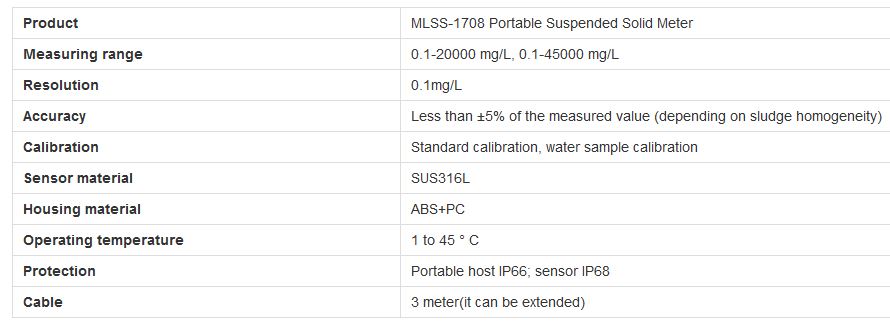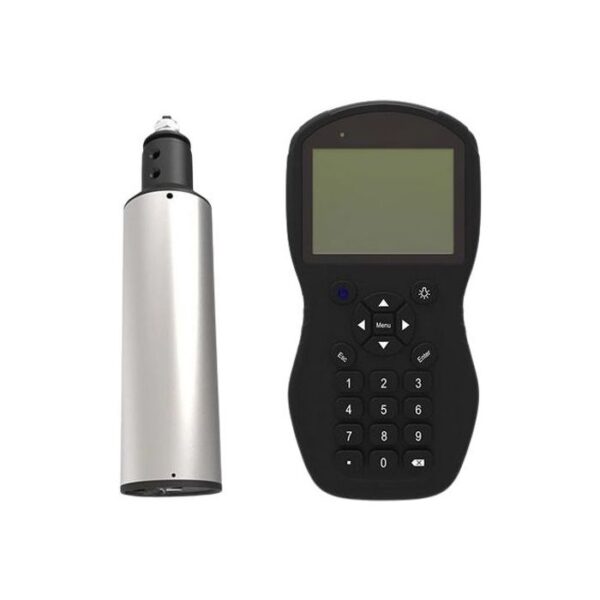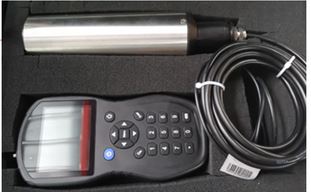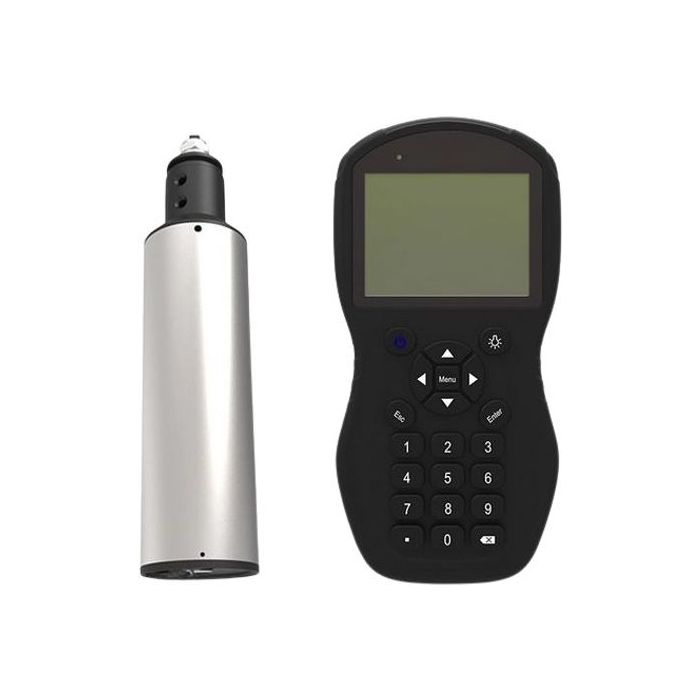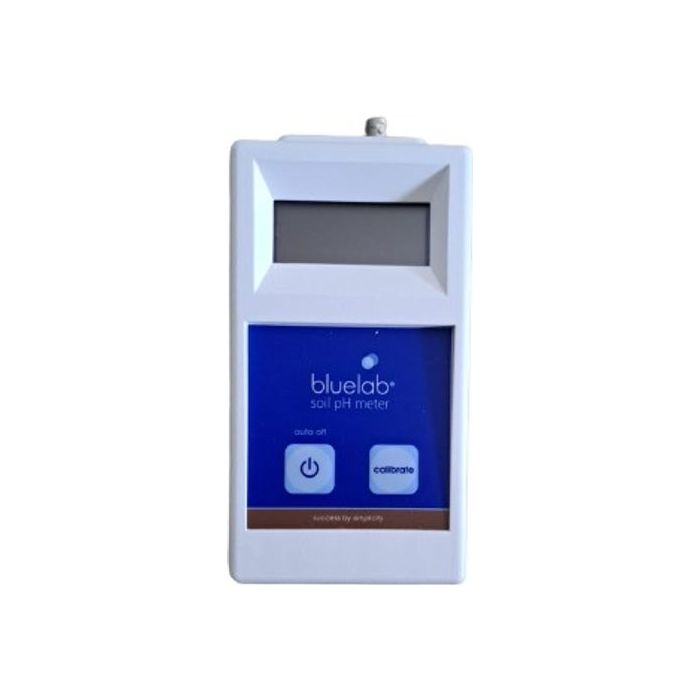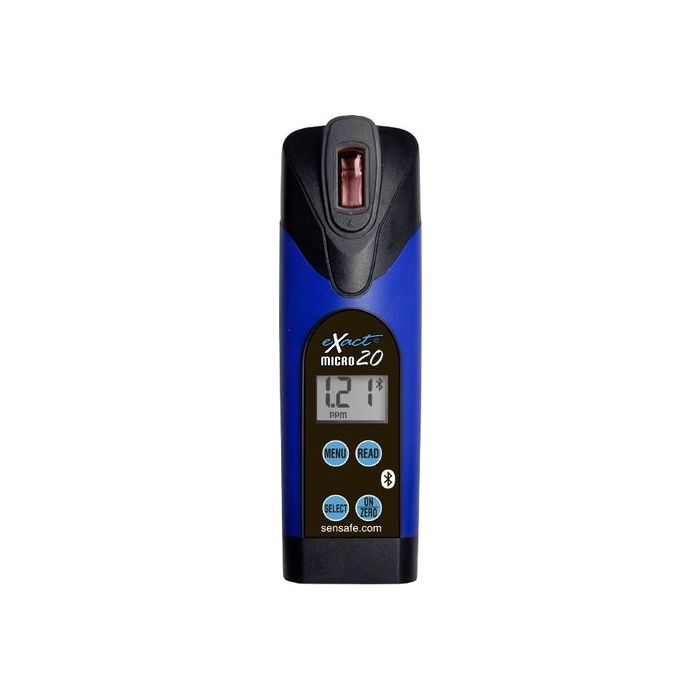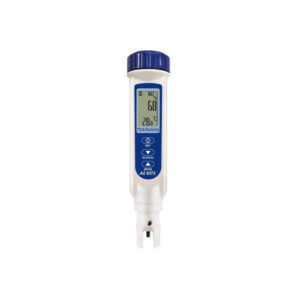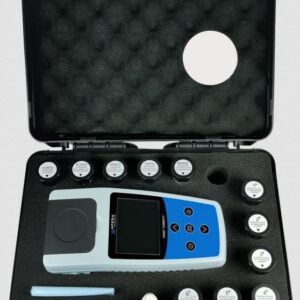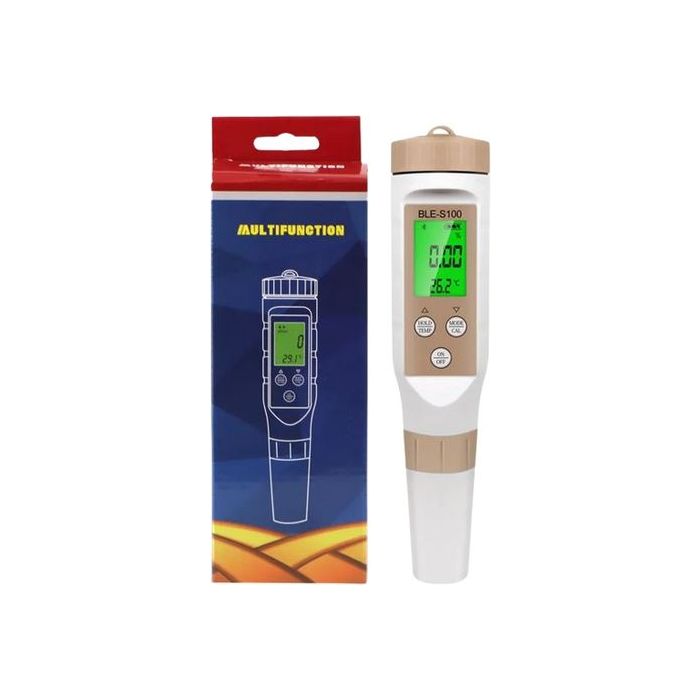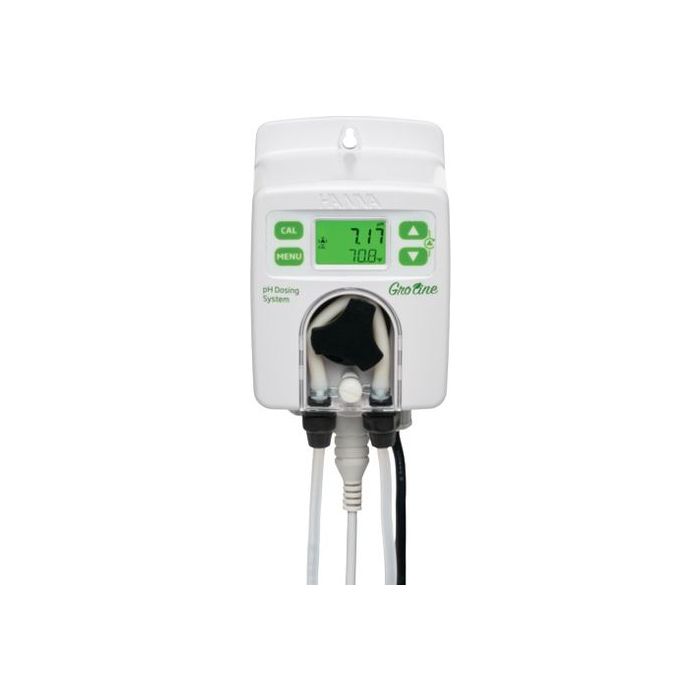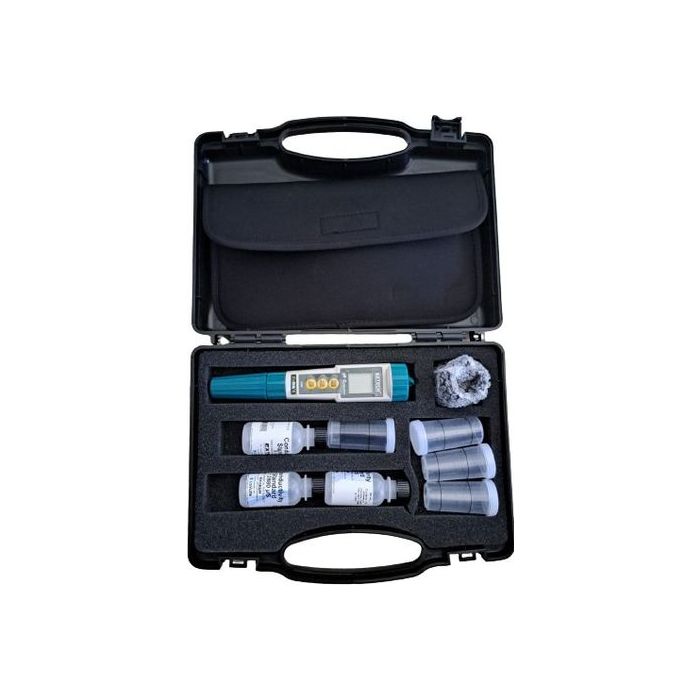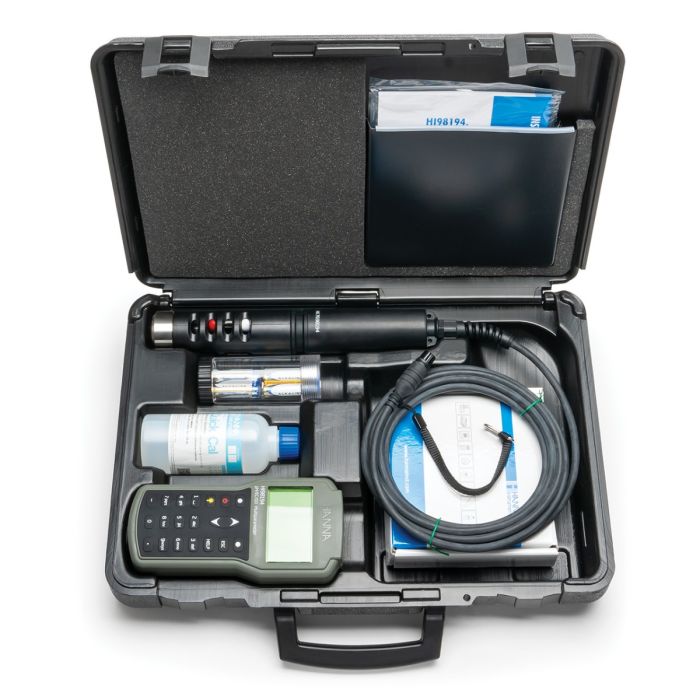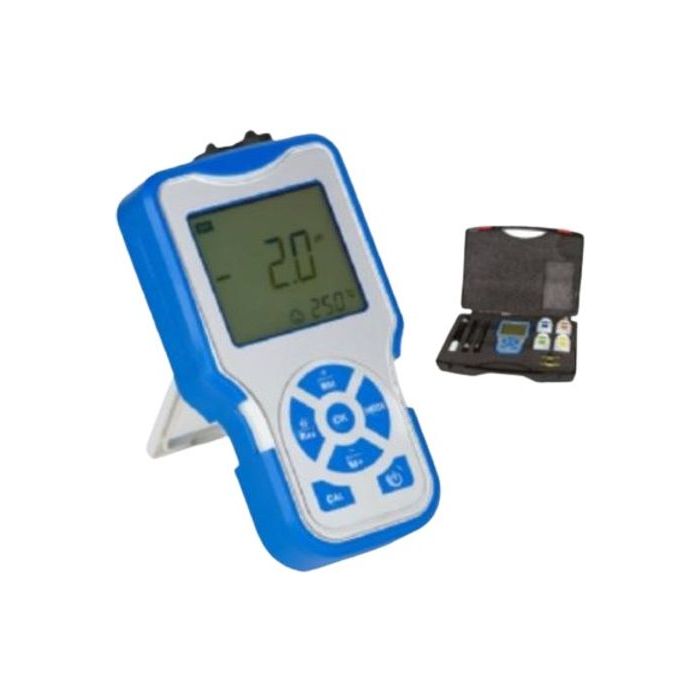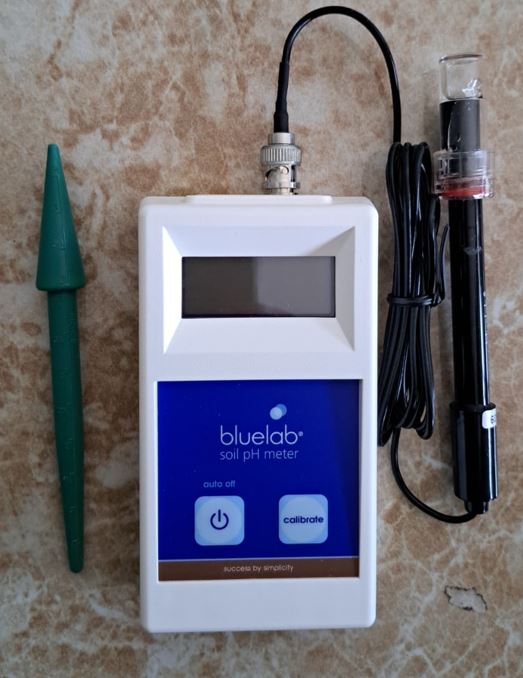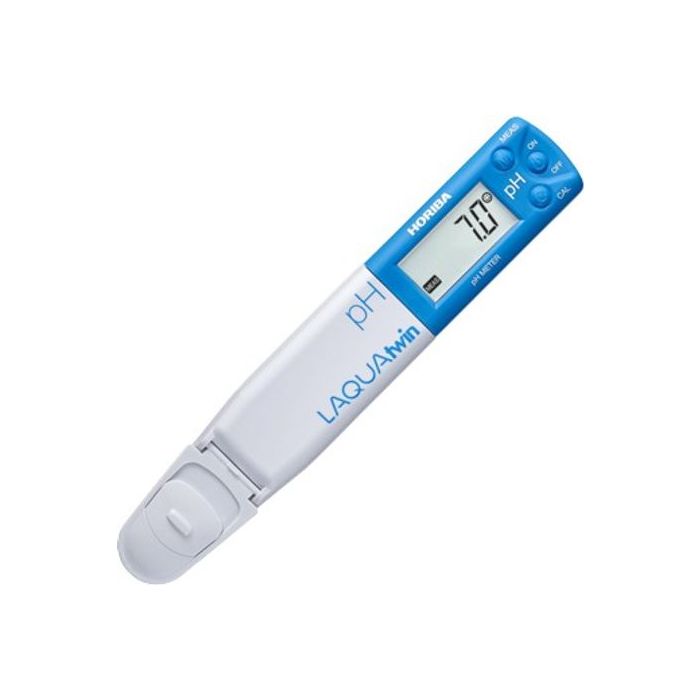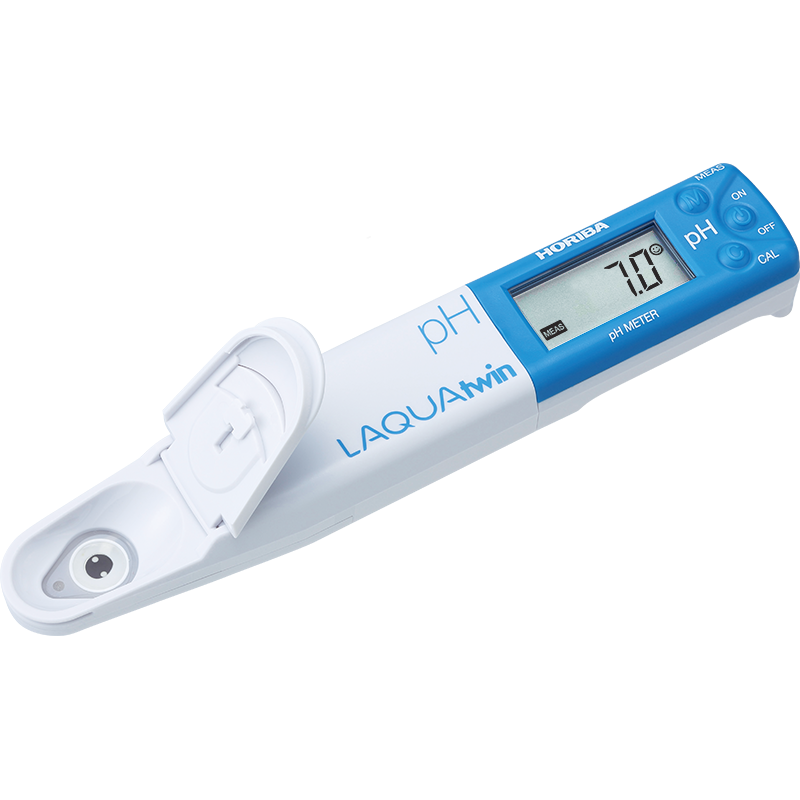Portable total suspended solids meter
R44,000.00 Excl. VAT
Portable TSS meter (total suspended solids to 45000 mg/L)
- Description
- Additional information
- Product parameters/specification
Description
Portable total suspended solids meter
The portable suspended solid meter (portable mlss meter, TSS meter) consists of a meter and a suspension sensor. The sensor is based on a combined infrared absorption scatter ray method, and the ISO 7027 method can be used to continuously and accurately determine the suspended matter (sludge concentration). The suspended matter (sludge concentration) value was determined according to ISO 7027 infrared double scattering light technology without chromatic influence. Application: Widely used in on-site portable monitoring of water suspended solids in sewage treatment, surface water, universities, research institutes, etc.
MAIN FEATURES
Portable host IP66 protection, sensor is IP68.
Ergonomic curve design with rubber washers for hand-held operation, easy to grasp in wet conditions.
Factory calibration, no calibration required in one year, can be calibrated on site
Data recording function and with 8G for storage data.
Digital sensor, easy to use and fast in the field, and plug and play with portable host
With USB interface, it can charge the built-in battery and export data through USB interface.
0.1-20000 Mg/L, 0.1-45000 Mg/L, (range optional)
Turbidity, TSS (total susspended solids) and TDS (total dissolved solids)
Here’s the breakdown of how TSS and TDS meters differ and compare:
What they measure:
- Total Suspended Solids (TSS): TSS meters measure the amount of particulate matter suspended in the water. This includes things like:
- Algae
- Sand
- Silt
- Clay
- Organic debris
- Total Dissolved Solids (TDS): TDS meters measure the concentration of dissolved minerals, salts, and organic matter in the water. These are tiny particles that pass through a filter.
Basically, TSS measures what you can see (cloudy water), and TDS measures what you can’t see (dissolved minerals).
Parameters:
- Both TSS and TDS are measured in milligrams per liter (mg/L).
Equipment:
- TSS meter: This is typically a lab instrument. It works by filtering a water sample through a specific filter (size around 0.45 micrometers) and then drying the captured material to determine its weight. Some advanced models can estimate TSS based on turbidity (cloudiness) readings.
- TDS meter: This can be a portable or lab instrument. It measures the electrical conductivity of the water sample. Since dissolved solids conduct electricity, the higher the TDS, the higher the conductivity reading.
Here’s a table summarizing the key differences:
| Feature | TSS Meter | TDS Meter |
|---|---|---|
| What it measures | Suspended particles | Dissolved minerals & salts |
| Measurement principle | Filtration and weighing | Electrical conductivity |
| Typical use | Lab analysis | Field testing, Lab analysis |
In conclusion:
- TSS and TDS provide complementary information about water quality.
- TSS meters measure larger particles that can impact water clarity and aquatic life.
- TDS meters measure dissolved solids that can affect taste, water hardness, and conductivity.
Turbidity and TSS
There’s a connection between turbidity and TSS, but a turbidity meter doesn’t directly measure TSS and shouldn’t be solely relied upon for an accurate TSS value. Here’s why:
- Turbidity meter: Measures the cloudiness of water caused by suspended particles. Higher turbidity indicates more suspended material.
- TSS: Measures the actual weight of those suspended particles per liter of water.
While turbidity often increases with higher TSS, the relationship isn’t always perfect. Here’s what can affect the accuracy:
- Particle size and type: Larger and denser particles scatter more light, causing higher turbidity readings even for lower TSS. Conversely, very small or light particles might not scatter much light, leading to underestimation of TSS.
- Water color: Dissolved organic matter or colored dyes can cause cloudiness without contributing significantly to TSS.
In some cases, advanced turbidity meters can be calibrated to estimate TSS based on the specific water source. This requires establishing a correlation between turbidity readings and actual TSS measurements obtained through lab analysis for that particular water body.
Here’s a quick comparison:
| Feature | Turbidity Meter | TSS Meter |
|---|---|---|
| Measures | Cloudiness of water | Weight of suspended particles |
| Application | Provides a quick indication of water clarity | Provides a more accurate measurement of suspended solids |
| Limitations | Doesn’t differentiate particle types, can be affected by water color | More time-consuming and typically requires lab analysis |
Overall:
- Turbidity meters are a good tool for monitoring trends in water clarity and can be a preliminary indicator of TSS.
For accurate TSS measurements, a dedicated TSS meter or lab analysis is recommended.
Additional information
| Weight | 3 kg |
|---|---|
| Dimensions | 30 × 40 × 30 cm |
TSS meter specification
